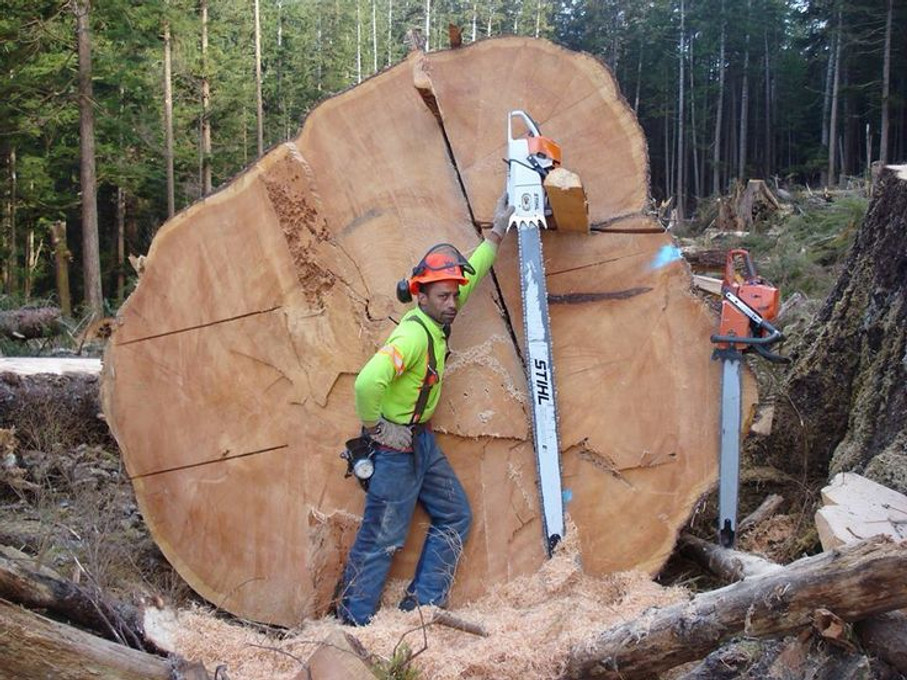
The Right Chainsaw For The Job
Posted by Erasto on Feb 27th 2023
Chainsaw Tips For Beginners
Trees come in all shapes and sizes, and as a result, it's important to choose the right chainsaw for the job at hand. Using the wrong size chainsaw can not only be inefficient but can also be dangerous. In this blog post, we'll explore different tree sizes and the right chainsaw for each job.
Small Trees (6-10 inches)
For small trees, such as those with a diameter of 6-10 inches, a smaller chainsaw with a bar length of 12-14 inches is typically sufficient. These saws are lightweight and easy to maneuver, making them ideal for pruning or trimming smaller branches.
Medium Trees (10-20 inches)
For medium-sized trees, such as those with a diameter of 10-20 inches, a chainsaw with a bar length of 16-18 inches is usually the best choice. These saws have more power than their smaller counterparts and can handle thicker branches and trunks with ease.
Large Trees (20+ inches)
For large trees, such as those with a diameter of 20 inches or more, a chainsaw with a bar length of 20-24 inches is typically necessary. These saws are the most powerful and can handle the thickest and toughest of trees.
Factors to Consider
When selecting a chainsaw for your tree cutting needs, there are several other factors to consider beyond tree size. These include the type of wood you'll be cutting, the frequency of use, and your level of experience.
If you'll be cutting hardwoods, such as oak or hickory, you'll need a more powerful saw than if you were cutting softwoods, such as pine or cedar. Additionally, if you'll be using the saw frequently, you may want to invest in a higher-end model with more advanced features, such as an automatic oiling system or a chain brake.
Finally, it's important to consider your level of experience when selecting a chainsaw. If you're new to tree cutting, you may want to start with a smaller, less powerful saw and work your way up as you gain experience and confidence.
Choosing the right chainsaw for the job requires careful consideration of the size of the tree, the type of wood you'll be cutting, the frequency of use, and your level of experience. By taking the time to evaluate your needs and compare different models, you can ensure that you select the best chainsaw for your specific job and work safely and efficiently.
